- Make It Yourself Lavender Heart-Shaped Bath Bombs!
- 20 Things You Never Knew About “Down There”
- 12 Best Foods For Those Suffering From Arthritis Pain
- 12 Personal Hygiene Mistakes Almost Everyone Makes (Mom Never Told You About #4!)
- 15 Medicinal Plants And Herbs From The Cherokee People
- 12 Mind-Blowing Benefits Of Drinking Coconut Water During Pregnancy
- 12 Outstanding Winter Foods That Won’t Fatten You Up Like A Christmas Turkey
Top 10 Household Items Known To Cause Cancer
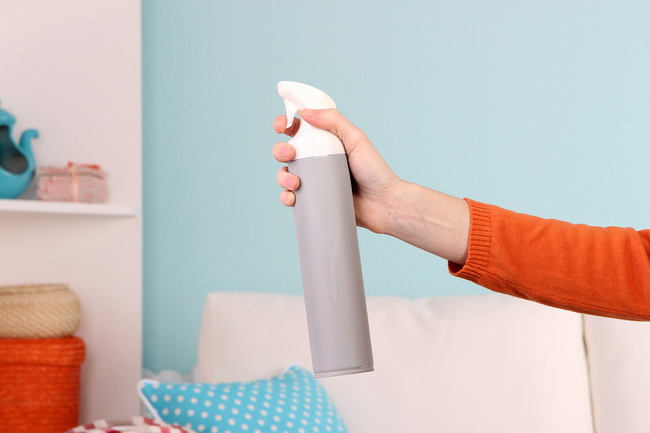
Photo credit: bigstock.com
You might be shocked to find that common household items contain chemicals known to cause cancer. We assume they are safe, right? After all, don’t we have government agencies to oversee these things? Wouldn’t they ban their sale if they were dangerous?
In a word: No.
There are literally thousands of chemicals and the FDA or EPA simply doesn’t have the manpower to do independent testing. They generally allow the companies that make these products to conduct testing and simply submit results saying that they have been found safe. There are no tests done regarding accumulation in the body, and no tests done about chemical interactions. Tests are performed on animals (which do not always translate to safety for humans) until they find a dosage where the animal shows no sign of damage. They then cut that dose by a certain percentage and say that number is safe. If this process doesn’t scare you, it should.
A typical American household contains about 62 toxic chemicals, on average. This doesn’t include the toxins we are exposed to outside the home from pesticides sprayed on foods, air pollution, water pollution, EMFs, and any toxins we encounter at our workplace.
Many of these common household items have been scientifically linked to hormone disruption, asthma, neurotoxicity, reproductive problems, and cancer.
Although it’s nearly impossible to avoid all toxic chemicals in today’s modern world, you can greatly lower your risk of developing chronic disease or cancer. Once you identify the dangers, you can eliminate them from your home and use natural, non-toxic alternatives.
Keep reading for 10 of the most common household items that contain cancer causing chemicals.
1. Air Fresheners/Scented Products
This is probably the number one product that everyone has in their home in one form or another. Any household item that contains some type of fragrance or “parfum” has a toxic chemical called phthalates. This includes everything from air fresheners, to scented laundry soap; these sweet smelling poisons have been tested by the Natural Resources Defense Council and found that phthalates cause problems with the production of male hormones. Another study performed by the University of Washington in 2008 found that air fresheners emitted chemicals that are known carcinogens. Because many of these products want to keep their scent a secret from competitors, you won’t find the word phthalates on any label, however, if you see the words “parfum” or “fragrance,” then more than likely that product contains phthalates.
Although the main exposure to this toxin is through inhalation, they can also be absorbed through the skin via scented soaps or lotions. This is particularly dangerous as the skin has no protection from chemicals, unlike our digestive systems; chemicals on the skin go directly into the blood stream and the organs of the body.
As much as possible, choose fragrance free products. You can make your home smell nice with natural essential oils and by using natural cleaning products.
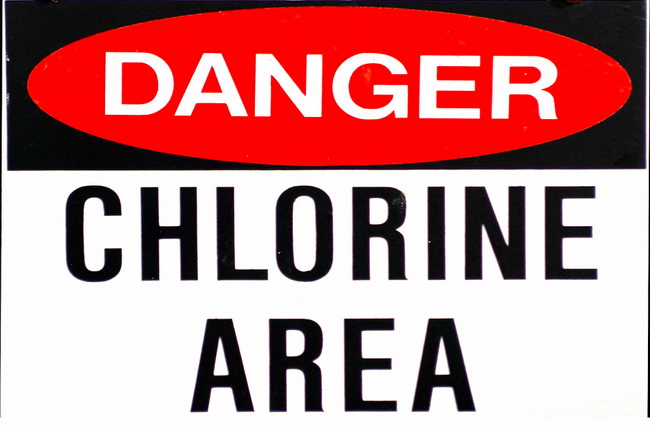
Photo credit: bigstock.com
2. Chlorine
You might know this more commonly as chlorine bleach. It’s found in almost every type of laundry whitener, toilet cleaner, mold remover, and kitchen cleaner. Dry products, such as scouring powders, can also contain chlorine. Many municipalities even add chlorine to drinking water to kill bacteria. Although this sounds like a good way to kill bacteria, the risks of exposure are many and the effects can be acute. You are exposed to the fumes, it is absorbed through the skin when you shower or wash your hands. Chlorine irritates the nasal and respiratory passages, and is a major cause of thyroid dysfunction.
You don’t need chlorine bleach to clean, kill bacteria, or whiten clothing. Plain vinegar will help whiten clothes in the wash, as well as remove static cling. Baking soda or Bon Ami will work as well as any cleanser, and vinegar can be used to clean and disinfect toilets. You can reduce your exposure to chlorine in your homes water by installing a whole house filter.
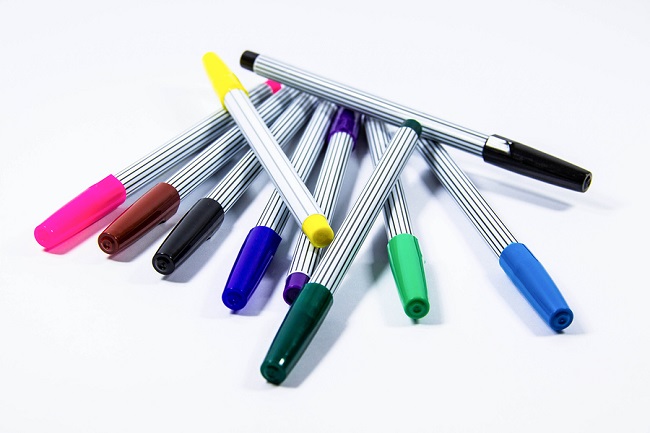
Photo credit: bigstock.com
3. Art and Office Supplies
You probably can’t imagine how something as seemingly harmless as a marker can be harmful to your health, but it’s true. Almost all glues, acrylic paints, and the solvents used in marking pens, contain toxic chemicals that have been linked to organ damage, allergies, and certain types of cancer.
Although federal law, entitled the Hazardous Art Materials Act, says that art supplies sold in the United States must have warning labels if they contain any type of dangerous toxin, however, they don’t need to actually list the ingredients by name. Because of this, you should only purchase products that have been certified by the Art and Creative Material Institute (ACMI). Products that have this certification mean that they have been independently tested so that they are safe enough even for small children.
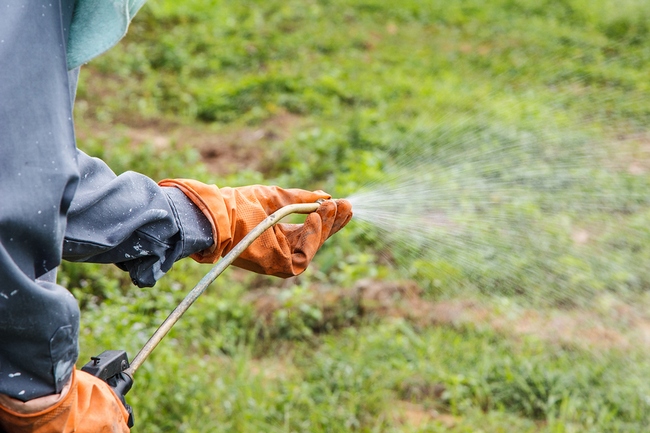
Photo credit: bigstock.com
4. Pesticides and Herbicides
Weed killers and pesticides are made to kill bugs and weeds but this means they can also kill or do serious harm to you! One of the most popular herbicides, RoundUp, has been shown in studies to cause reproductive and kidney damage in mice. A popular ant and roach killing spray that is found in almost every household has been shown to irritate the skin, eyes, respiratory system and have profoundly negative effects on a person’s central nervous system.
You don’t really need any of these products to kill bugs or weeds. Pull weeds by hand before they go to seed or, for weeds growing in cement cracks or sidewalks, simply pouring boiling water over them is enough to kill them instantly. Many larger insects, such as grasshoppers and tomato bugs, can be picked off by hand. Planting chrysanthemum flowers around your house and garden is a great way to naturally deter fleas, ants, mosquitoes, spiders, and ticks. Boric acid can be spread safely around cracks and at the foundation line to deter ants and cockroaches from making an entry. Read also how to detox and remove pesticides from your body.
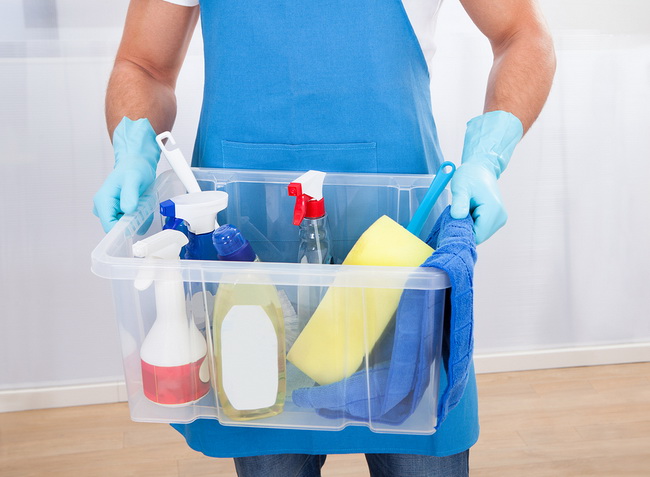
Photo credit: bigstock.com
5. Quats
Quats is the abbreviation used for the chemical Quaternary Ammonium Compounds. This is a long name for a dangerous toxin that is found in most cleaners that labels themselves as “antibacterial,” as well as fabric softeners, both sheet and liquid types.
Like chlorine, quats sound like a great way to kill bacteria; however the truth is that these types of antibacterial products are actually creating super resistant bacteria, known as “super bugs.” Quats are also linked to respiratory issues and skin irritation.
Studies show that these antibacterial compounds are no more effective at killing bacteria than plain soap. If you really want to kill bacteria, you can use plain white vinegar, or make a spray with 2 cups of water, 2 teaspoons of tea tree oil and a teaspoon of vinegar. This is a terrific yet completely safe way to kill germs and bacteria.
You don’t need to use fabric softeners to stop static cling or soften clothes. Adding vinegar to the rinse cycle is a nontoxic way to remove excess soap from fabrics and stop static cling in the dryer.

Photo credit: bigstock.com
6. Scented Candles
In many of the same ways that air fresheners contain toxins, scented candles carry the same risk. One study done by the US Consumer Product Safety Commission discovered that nearly half of all scented candles that are sold on the market contain lead in the wick. Lead is released into the air when these candles are burned. Lead is used to make the wicks last longer and burn more steadily but lead is a deadly toxin that leads to behavior problems, hormone disruption, and other health problems.
SEE ALSO: The Shocking Hidden Chemical in Your Dairy Products
Paraffin wax also creates highly toxic compounds when they are burned. Toluene and benzene are both known carcinogens which are released into the air anytime paraffin wax candles are burned. Some candles also use artificial colors and artificial fragrances which you inhale whenever you burn one of these candles.
Use beeswax or soy candles to avoid these dangerous toxins.
7. Shower Curtains
They seem so harmless, but that new shower curtain smell is actually the result of the plastic or vinyl releasing deadly chemicals into the air. Shower curtains can emit as many as 108 different types of VOCs (volatile organic compounds) which are known to cause damage to the central nervous system, the liver, kidneys, and the lungs.
You can use shower curtains made from natural materials such as linen, cotton, birch, or hemp.
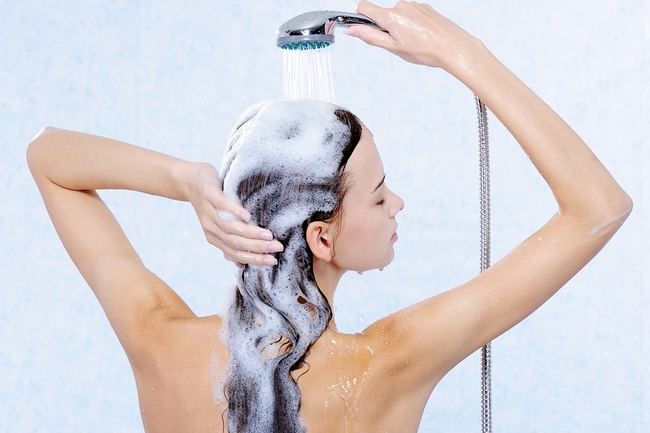
Photo credit: bigstock.com
8. Hair Shampoos and Conditioners
This is a really hot topic as of late. Many people have been unaware of the toxins that are used in personal care items, even those that are labeled as being organic or natural. Read the labels and you will find chemicals such as polyethylene glycol (PEG), cocamide DEA, and sodium lauryl sulfate, which make cancer causing agents when they are used together. Read labels carefully and use truly natural products, or make your own personal care products at home.
There are dozens of recipes online that will tell you exactly how to do this with ingredients that are readily available.
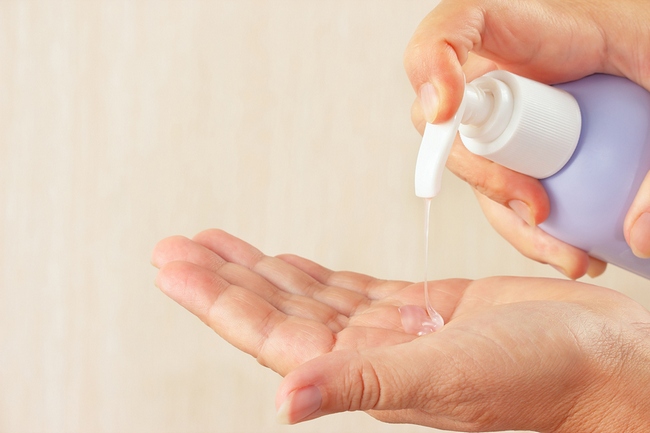
Photo credit: bigstock.com
9. Triclosan
You might have heard about this chemical on the news when it was discovered that it was being used in a popular brand of toothpaste. Triclosan is a very aggressive antibacterial compound that actually encourages the growth of super bugs. There is no evidence that shows that triclosan works any better than soap or makes us safer from pathogens in any way. However, there is plenty of evidence that shows that triclosan interferes with our bodies hormones. In fact, there has been so much evidence of this that the FDA is currently reviewing the data and is expected to make a decision sometime in 2016. Besides humans, triclosan is dangerous to marine life and kills algae, in important food source for many aquatic animals.
Don’t wait for the FDA to make a decision. You can use natural soaps that have short ingredient lists. Don’t be fooled by “body washes,” as many of these contain no real soap, but are simply more chemicals. Look for the word “soap” on the label. If you enjoy using hand sanitizers, use ones that contain alcohol, not triclosan.

Photo credit: bigstock.com
10. Deodorants and Antiperspirants
Almost everyone relies on some type of deodorant to control body odor and perspiration. However, these products contain cancer causing chemicals such as aluminum chlorohydrate. As we talked about earlier, items place on the skin are absorbed directly into the blood and cause cancers, which is one reason why breast cancers have become so prevalent in Western Society.
Many antiperspirants also contain parabens, which imitate estrogen in the body and encourages the growth of cancer cells. The exposure to parabens has also been linked to nausea, depression of the central nervous system, and damage to the digestive system. Find out how to make a natural deodorant.
References:
Chemicaloftheday.squarespace.com
























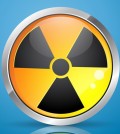








Robert Wiegand
Apr 11, 2015 at 11:59 pm
I was unaware of any of these potentially cancer causing products! This is deeply concerning. I am going to rid my house of these items.
Glen
Mar 16, 2018 at 10:28 am
everybody uses these things, why don`t everybody have cancer?
John Sikora
May 2, 2018 at 10:18 am
There are a lot more then air fresheners and scented products. Non organic foods contain GMOs (genetically modified organisms) that can and will cause cancer. Fragrance is in shampoos, skin care products, soaps and candles. Fragrance (FOs) are synthetically made chemicals scent compounds. Even if they are are labeled “ natural ” they often have fragrance in them. The only way to know for sure is to look in the in ingredients for Fragrance. Also be be careful about laundry detergent. Look out for dioxane, Nonylphenol ethoxlate, color, stabilizers and alcohol ethoxlate. all of these things are known to cause cancer and may cause cancer.